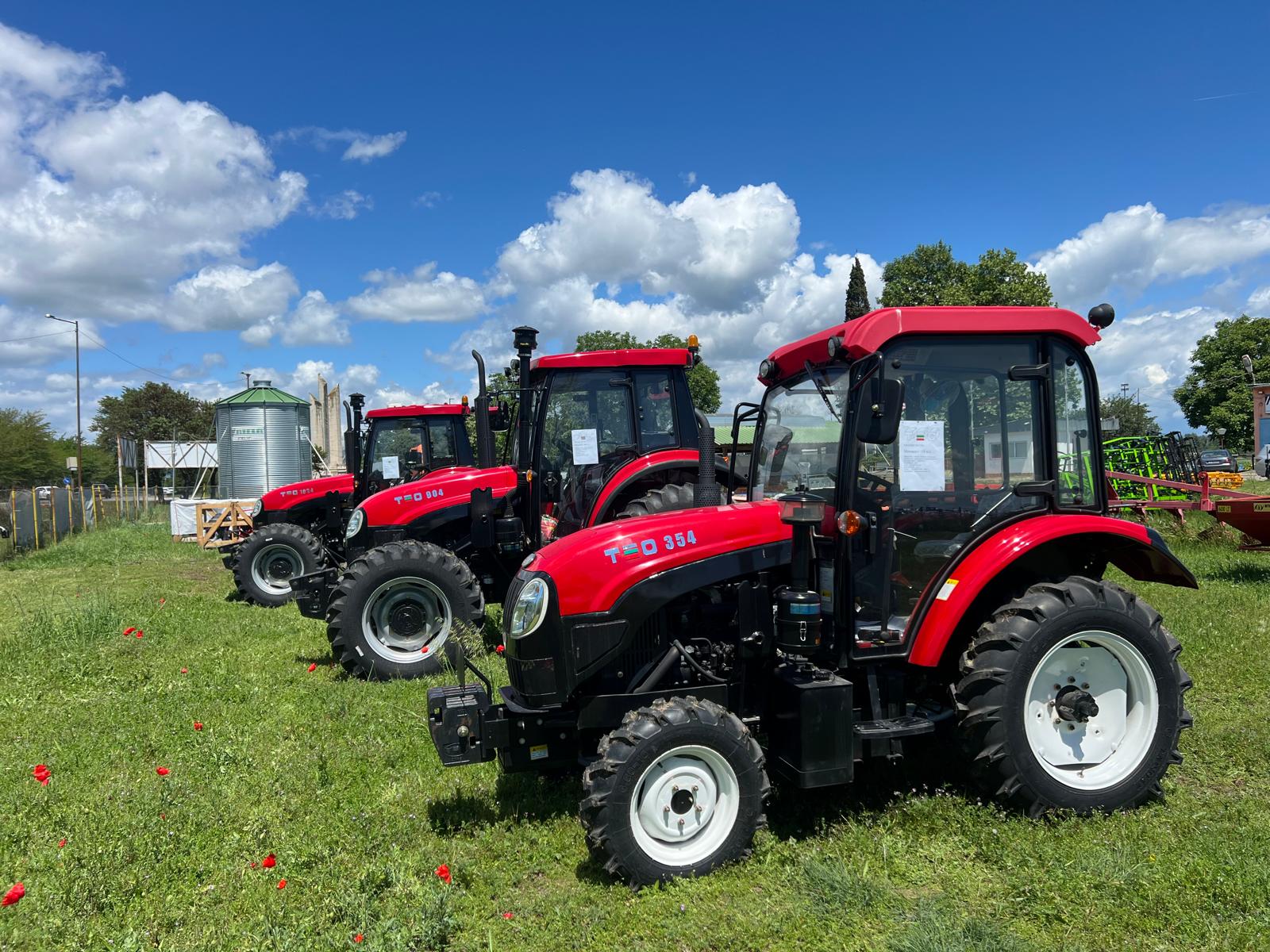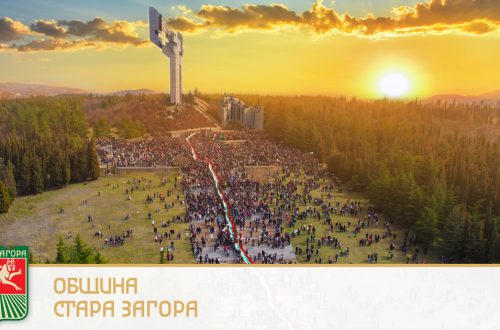
The Value of Grazing as a Wildfire Prevention Tool


By Knowledge Network – Staff member
How Grazing Works in Wildfire Prevention
Sustainable livestock raising is essential for maintaining ecosystems’ health and preserving certain landscapes, especially through grazing. In specific landscapes, grazing has been recognised as an effective way to reduce wildfire risks because it helps to control the biomass that can fuel fires (reducing fuel loads). Research shows that when livestock graze, they eat grasses and shrubs that would otherwise serve as fuel for fires. This creates breaks in the vegetation and areas with shorter, less dense vegetation, which can slow down the spread of fires.
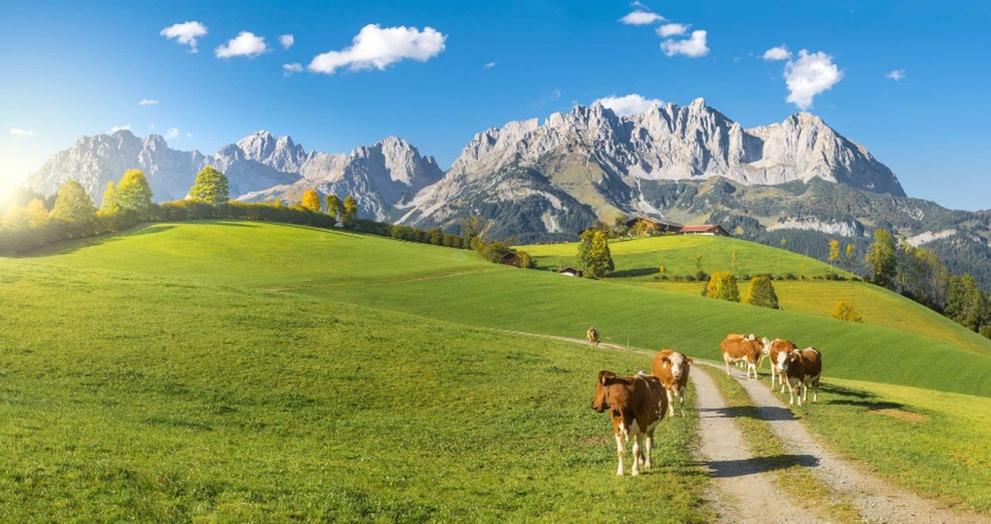 © V&P Photo Studio – stock.adobe.com
© V&P Photo Studio – stock.adobe.com
Additionally, grazing can lead to changes in the plant community that grow, favouring those that are less likely to catch fire. For example, spring grazing can reduce invasive annual grasses and promote native bunchgrasses. This change in vegetation types and the overall reduction in fuel can lower the intensity and speed of wildfires, making grazed areas less likely to fire ignitions and easier to manage if they do occur.
However, it is necessary to adjust grazing to the carrying capacity of the ecosystem. Overgrazing can lead to degradation and biodiversity loss, undermining the ecological balance and health of the landscape. Therefore, sustainable grazing practices should be carefully managed to prevent overgrazing and ensure that the benefits to wildfire prevention and ecosystem health are maintained.
Incorporating grazing into wildfire management, including forests, alongside other nature-based and traditional strategies like prescribed burning, offers a natural and sustainable approach to wildfire prevention. Additionally, sustainable grazing supports the management of grassland habitats that host diverse biodiversity, crucial for ecosystem recovery following fires.
Managing Fuel Loads Effectively
Managing fuel loads is essential for wildfire prevention. Fuel loads refer to the amount of combustible material (biomass), such as dry grass, leaves, and branches, in an area. Effective fuel management requires comprehensive skills and knowledge of fuel load distribution to facilitate prescribed burns and develop efficient wildfire management plans. These practices need to be integrated into long-term strategies, supported by rural development programmes, to maintain their effectiveness and prevent regrowth from increasing fire risks.
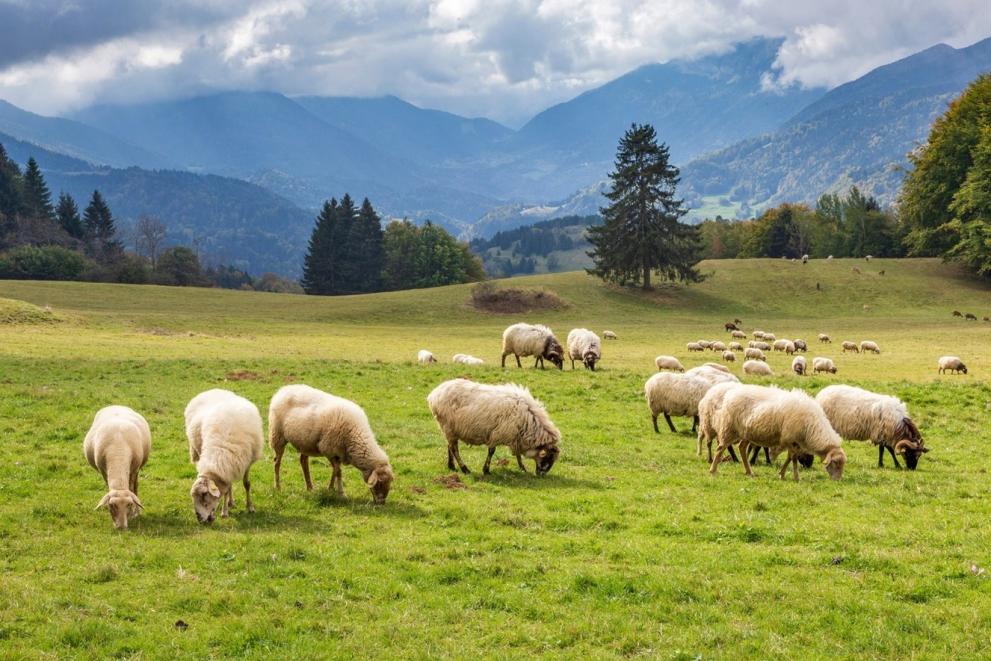 © V&P Photo Studio – stock.adobe.com
© V&P Photo Studio – stock.adobe.com
Grazing as a Sustainable Solution
In several areas in Spain and Portugal, farmers graze their livestock in strategically designated fire break zones. This grazing reduces the amount of vegetation that could potentially catch fire, thereby decreasing the likelihood of forest fires during extreme weather conditions. The objective of this approach is to “maintain” areas already cleared of tree cover so that they act as fuel breaks.
This method not only helps manage fuel loads effectively but also promotes sustainable land use and supports rural economies. The Common Agricultural Policy (CAP) supports ruminants (such as cattle, sheep, and goats) grazing to manage grassland biomass with a view to reduce fire hazards in most Mediterranean countries of the Union, where climate change dynamics are increasing the risks of such events. Integrating grazing practices into wildfire management strategies is seen as a natural and sustainable method for fire prevention, with extensive grazing systems supporting EU policy targets on climate adaptation and biodiversity.
An example of this is the Tenuta Paganico organic hill farm project in southern Tuscany, Italy, which aims to enhance livestock grazing methods while addressing this issue.
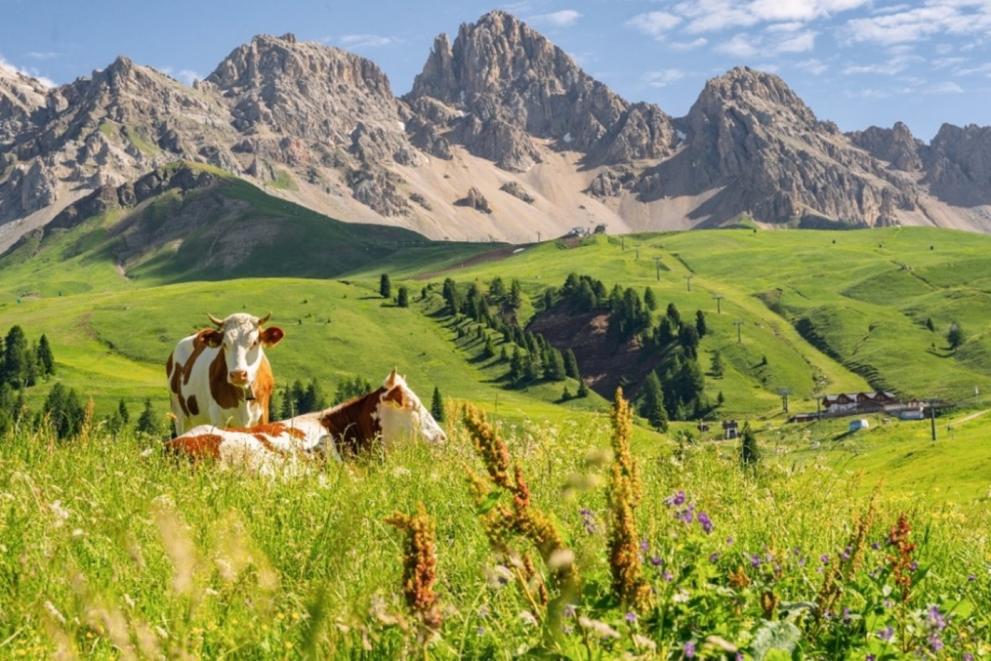 © V&P Photo Studio – stock.adobe.com
© V&P Photo Studio – stock.adobe.com
Supported by the European Agricultural Fund for Rural Development (EAFRD), the project contributed to restoring and maintaining neglected firebreak strips, clearing dead wood, and thinning high-risk trees. Results included clearing 2.29 hectares of forest, restoring 5.82 hectares of firebreak strips, and creating additional feeding areas for livestock. This dual approach supports ecosystem health and reduces future fire risks.
GrazeLIFE Project
Another good example is the GrazeLIFE project, supported by the European Commission, which has demonstrated that grazing can create breaks and patches of shorter, less dense vegetation, thus interrupting the fuel continuity that fires need to spread rapidly. Moreover, grazing influences the composition of plant species, favouring those less prone to ignition or with lower flammability, which helps in reducing the intensity and speed of wildfires.
LIFE Montserrat Project
The LIFE Montserrat project, set in the Montserrat Mountain area of Catalonia, Spain, aimed to enhance forest resilience and biodiversity through ecosystem-based measures, particularly focusing on grazing management. Covering 42,487 hectares, with 64% forest and significant inclusion in the Natura 2000 network, the region faced heightened wildfire risks due to fuel load accumulation and climate change. The project has implemented a comprehensive holistic plan integrating grazing and forest restoration across a significant area. Achievements include reducing forest density, restoring open habitats, and establishing livestock farming units. Grazing effectively curbed wildfire spread, boosted biodiversity, and supported local economies. The project also successfully tested prescribed burning, promoting sustainable land management and socio-economic growth in the region.
Greek Wildfire Peer Review
The recently-published Greek Wildfire Peer Review 2024 underscores the potential of grazing as a critical tool for wildfire prevention, particularly through its role in managing fuel growth in forested areas. By integrating grazing into forest management practices, it is suggested that Greece enhances both ecological balance and wildfire risk reduction. The review advocates for the reintroduction of grazing, not only as a fuel management strategy but also as a means to support the rural bioeconomy. This approach can provide economic benefits to local communities while maintaining sustainable forest ecosystems.
 © V&P Photo Studio – stock.adobe.com
© V&P Photo Studio – stock.adobe.com
How Member States and Regions Can Benefit
Member States and regions can include grazing as part of their wildfire prevention strategies by integrating it into their fuel management and rural development programmes. Member States can design a range of different interventions to support such practices and dedicate part of the CAP budget to specific pastoral systems. Support to ruminant livestock farms can be available through measures related to income support, eco-schemes, agro-environmental interventions, and rural development policies.
These policies can include risk management tools, knowledge transfer, advisory services, and cooperation initiatives that help to reduce the risk of fires in future. Additionally, Natura 2000 payments under the CAP can compensate landowners and users for costs incurred and income foregone due to conservation measures, linking necessary conservation actions with EU co-financing.
These approaches require collaboration between land managers, farmers, local authorities, and policymakers to ensure that grazing practices are planned and implemented effectively. By adopting and promoting such grazing as a sustainable land management practice, regions can build resilience against wildfires and contribute to broader environmental and economic objectives.
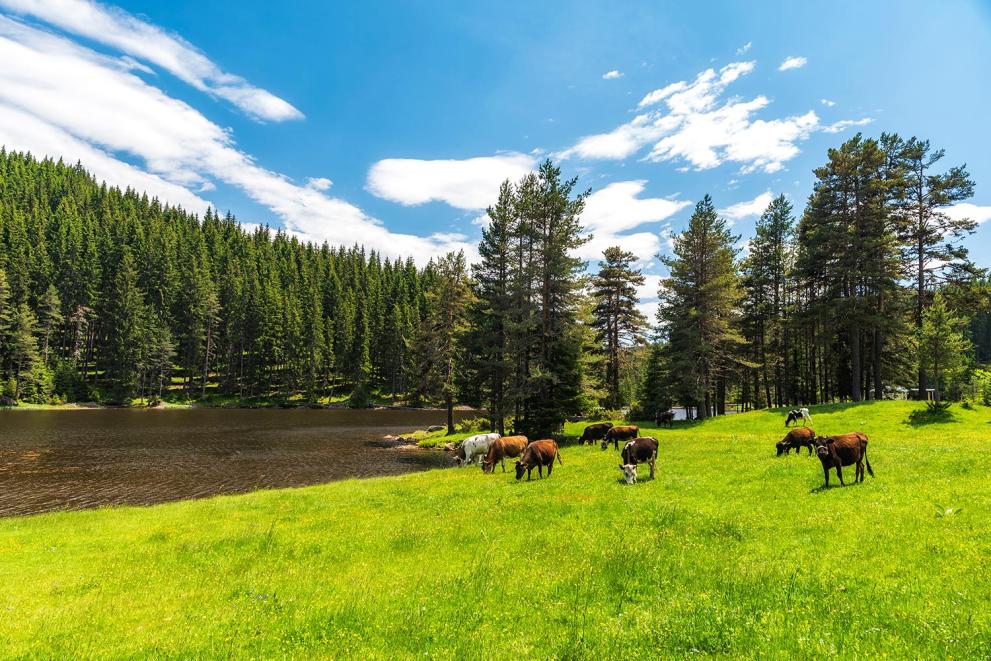 © V&P Photo Studio – stock.adobe.com
© V&P Photo Studio – stock.adobe.com
Author: Kira Kolesnik, DG ECHO B.3, Prevention and Preparedness Capacity-Building Unit


